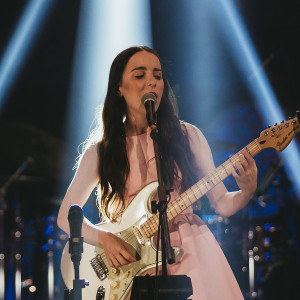Country pop is where the Nashville sound meets the charts. It blends the heartfelt storytelling of country music with the catchy hooks and polished production of pop music. In recent decades, this crossover genre has produced some of the best-selling tracks in music history. From the smooth harmonies of the 1970s to today’s stadium-filling anthems, country pop has continually evolved, proving that its charm spans decades. Here, we'll examine the origins of this genre, the pop country singers who defined it, and the quintessential country pop songs.

Origins and Early Development
Country pop emerged in the mid-20th century, as Nashville's country music industry sought ways to expand its audience. Country was certainly very popular in the American South and Midwest, but mainstream radio and television success still eluded it.
Nashville’s producers weren’t just chasing local fame. They wanted a sound that could appeal nationwide, a style as at home in a honky-tonk as it was on mainstream pop radio. The blend of the country's twang and storytelling with polished arrangements, more at home in pop, created a new style that could dominate both country and pop charts.
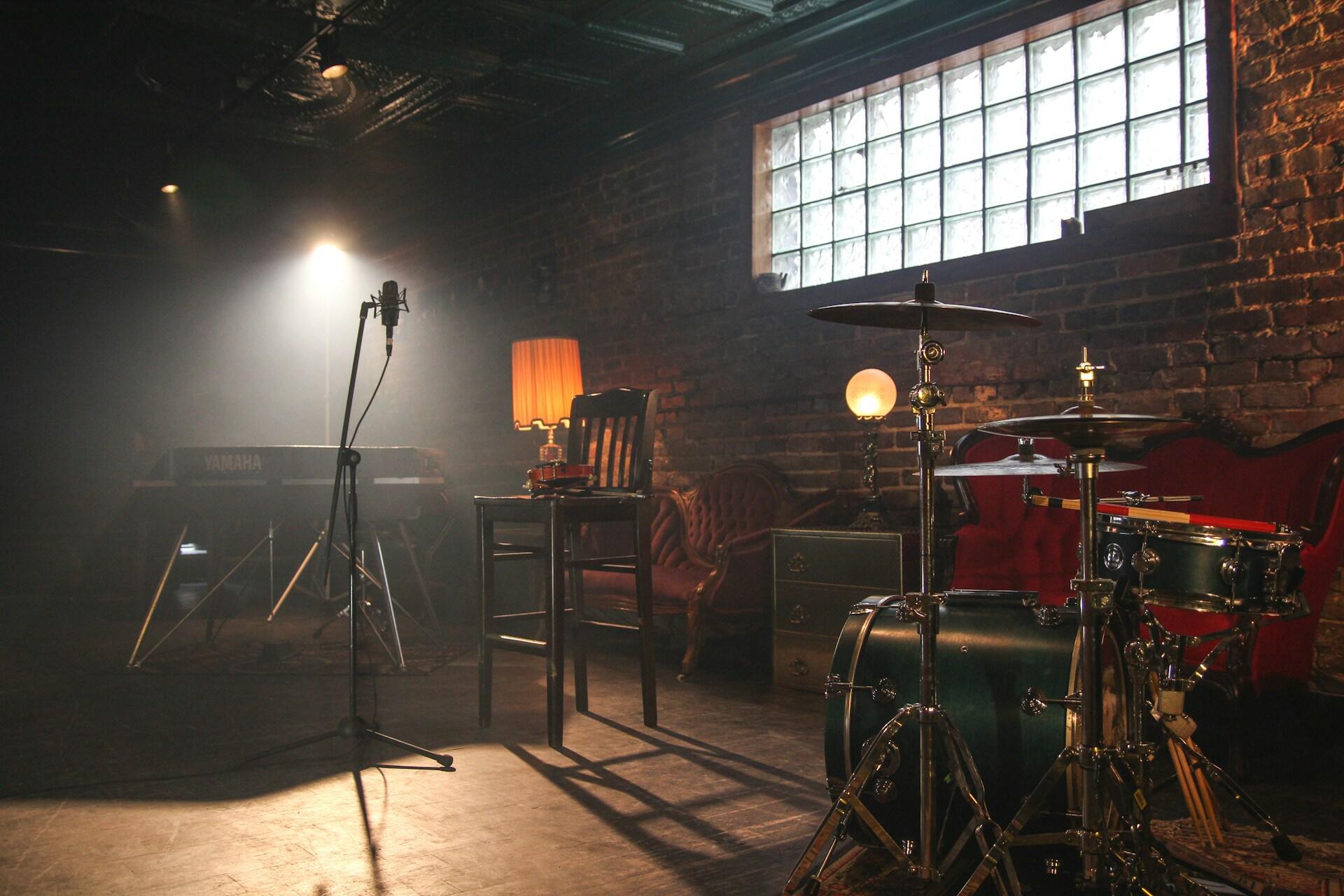
Birth of the Country Pop Genre
Let's go back to the 1950s and 1960s. Nashville producers such as Chet Atkins and Owen Bradley were partly responsible for what became known as the "Nashville Sound." They aimed to strike a balance between simplicity and ambition, retaining the emotional storytelling of country music while refining its rough edges to appeal to a broader audience. Honky-tonk grit was minimized while lush string arrangements, background vocal harmonies, and smoother rhymes made it something more competitive for mainstream pop radio.
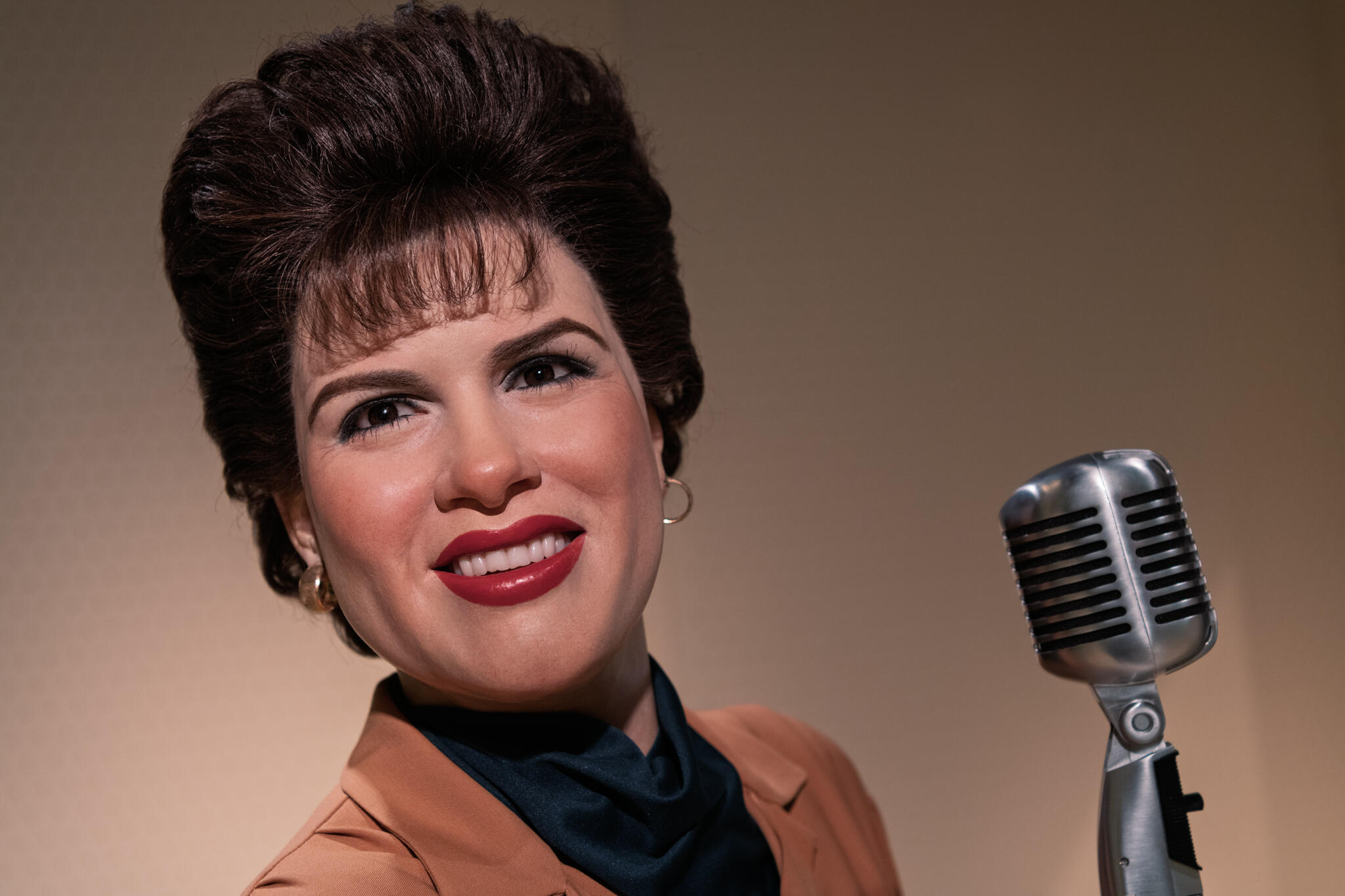
Artists like Patsy Line (“Crazy”, “I Fall to Pieces”) and Jim Reeves (“He'll Have to Go”) were early examples of the new sound, showing that country singers could be successful in both country and pop charts.
Brenda Lee, Skeeter Davis, and Eddy Arnold all followed with heartfelt country lyricism and a polished and accessible production style. By the late 1960s, Glen Campbell and John Denver were topping the Billboard Hot 100 with country-infused melodies, blurring the divide between the two genres: country could be pop and pop could be country.
This early wave of country pop success demonstrated a significant crossover potential for country music, setting the stage for decades of evolution that would make country pop one of the most powerful genres in the music industry.
Rise to Mainstream Popularity
Country pop had moved out of Nashville studios by the early 1970s. Instead, it could be heard in living rooms across America. There were television appearances, crossover radio hits, and high-profile collaborations that helped the genre find its golden age. Country artists were topping the charts, claiming prime spots on the Billboard Hot 100, and winning Grammy Awards. Critically and commercially, country pop had its fans, with fans of country, pop, and even soft rock all enjoying its sound.
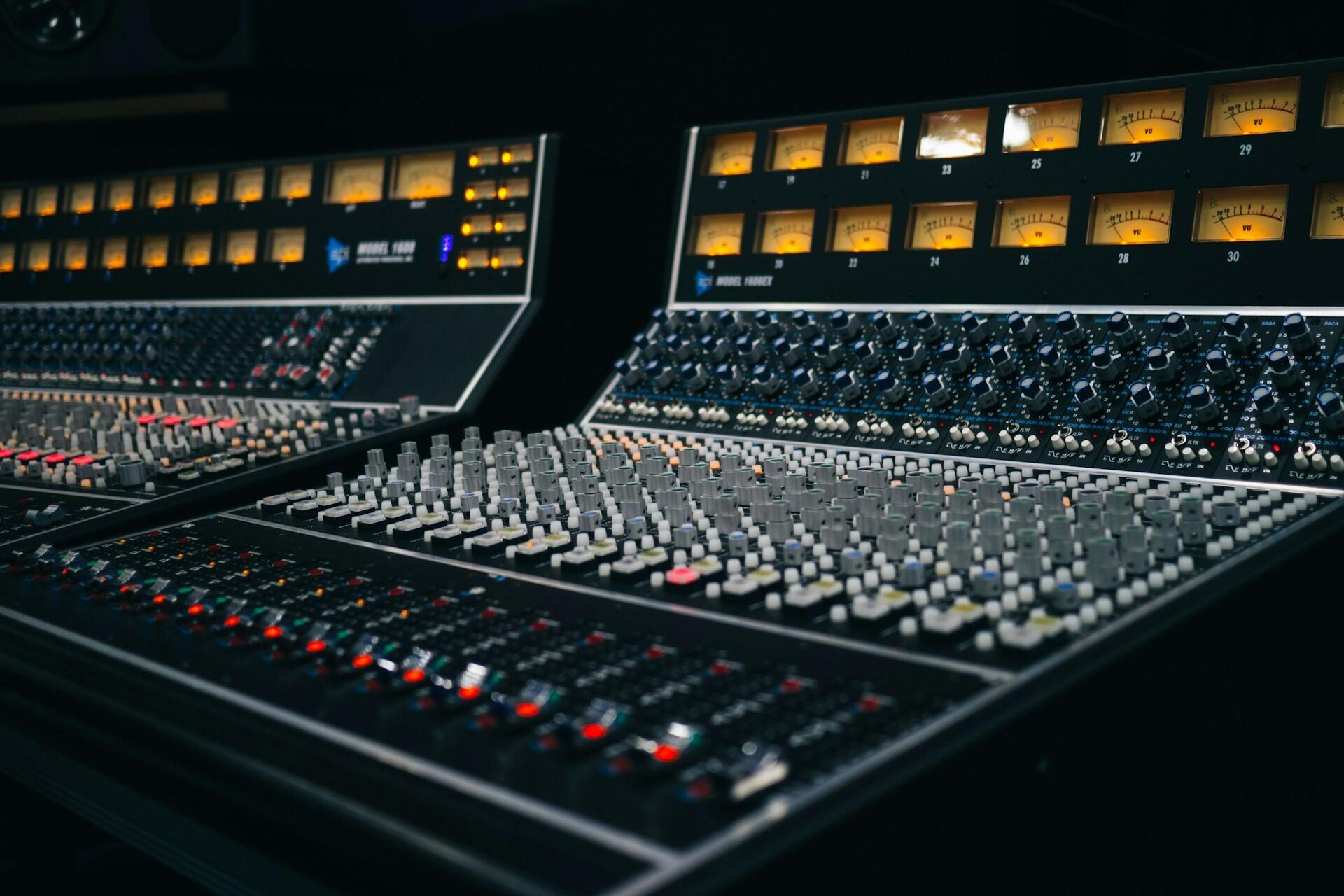
1970s Expansion
A wave of artists began fully embracing the pop-country blend in the 1970s. Songs could find a place in stadium concerts and AM radio (look it up if you're a young reader!). Dolly Parton was one of the genre's most influential figures. Her hits like Here You Come Again featured her East Tennessee vocals and pop arrangements. Kenny Rogers had storytelling ballads like The Gambler and Lucille. He became a household name and sold millions of albums both in America and around the world.
John Denver's acoustic-driven, folk-tinged style found mainstream success, particularly with massive hits like Take Me Home, Country Roads and Annie's Song. These both charted high on pop and country charts.
This was an era of high-profile collaborations, with Nashville musicians and Los Angeles pop producers. This would help refine the country pop polished sounds. Country pop was more than a passing fad; it was a music industry force capable of producing some of the biggest-selling albums of all time. This spirit of experimentation would later inspire entirely new hybrids, including a combination of country and rap that has found surprising mainstream success.
1990s Revival
While the 1980s kept country pop alive with charting hits, it wasn’t until the 1990s that the genre roared back into the spotlight, armed with bigger hooks, slicker production, and a new generation of crossover stars. Reba McEntire emerged as a significant force with country roots and pop-friendly arrangements, but the golden age of 1970s country pop wasn't something being replicated during the decade.
However, the 1990s ushered in a new golden age for pop country songs, marked by massive commercial success and a more polished, radio-friendly sound than ever before. Artists like Shania Twain became the face of the revival, with rock guitar riffs, pop hooks, and country-style storytelling. Her multi-platinum album Come On Over remains one of the best-selling albums of all time across all genres. Her crossover appeal was most evident in hits like You're Still the One and Man! I Feel Like a Woman! dominated the Billboard country charts.
Garth Brooks' high-energy performances, arena tours, and genre-blending sound helped him outsell many of the decade's pop stars. Popular tracks included Friends in Low Places and The Thunder Rolls, which brought millions of new listeners to the genre. While these artists aimed for global crossover success, others kept their roots closer to home, thriving in the Texas country music scene with its fiercely independent spirit.
Brooks' has achieve 19 number 1 hits on the Hot Country Songs chart.
Faith Hill and Tim McGraw also broke into the pop market with duets and crossover singles. For example, Hill's Breathe and McGraw's It's Your Love topped multiple charts simultaneously. By the end of the century, country pop artists were dominating the entire industry, thriving in the era of MTV, CDs, and global marketing.
Many of the best country pop albums in history have topped the Billboard charts, with singles from artists like Shania Twain, Faith Hill, and Taylor Swift breaking number-one records. From hit songs like “You’re Still the One” to more recent releases in April and July, the genre continues to dominate both the Hot Country Chart and pop rankings.
2000s and 2010s Innovations
The early 2000s came with a fresh wave of country pop artists. Carrie Underwood emerged from American Idol in 2005 and became one of the decade's defining voices. Her debut single Inside Your Heaven topped the Billboard Hot 100.
Then there was Taylor Swift, an artist you might have heard of. She began with her 2006 self-titled debut, which combined elements of teen pop and country songwriting. With subsequent releases Fearless (2008) and Red (2012), she had showcased the power of the crossover single. Tracks like Love Story and We Are Never Ever Getting Back Together rose up the country charts and got a lot of radio play.
Acts like Lady A (Need You Now) and Rascall Flatts (Bless the Broken Road) made power ballads with lush harmonies, blurring the boundaries between pop country and adult contemporary. Keith Urban introduced guitar-driven, rock-influenced country pop that attracted fans who may have never listened to country music before.
By the 2010s, the genre had become quite malleable, and the audience was receptive to it. Kacey Musgraves brought a retro, indie-pop sound to country music and won multiple Grammy Awards for Golden Hour. Maren Morris went with pop hooks and soulful R&B for tracks like The Middle. At the same time, a parallel movement of alt-country was taking place, offering a rawer counterpoint to the polished pop-country sound.
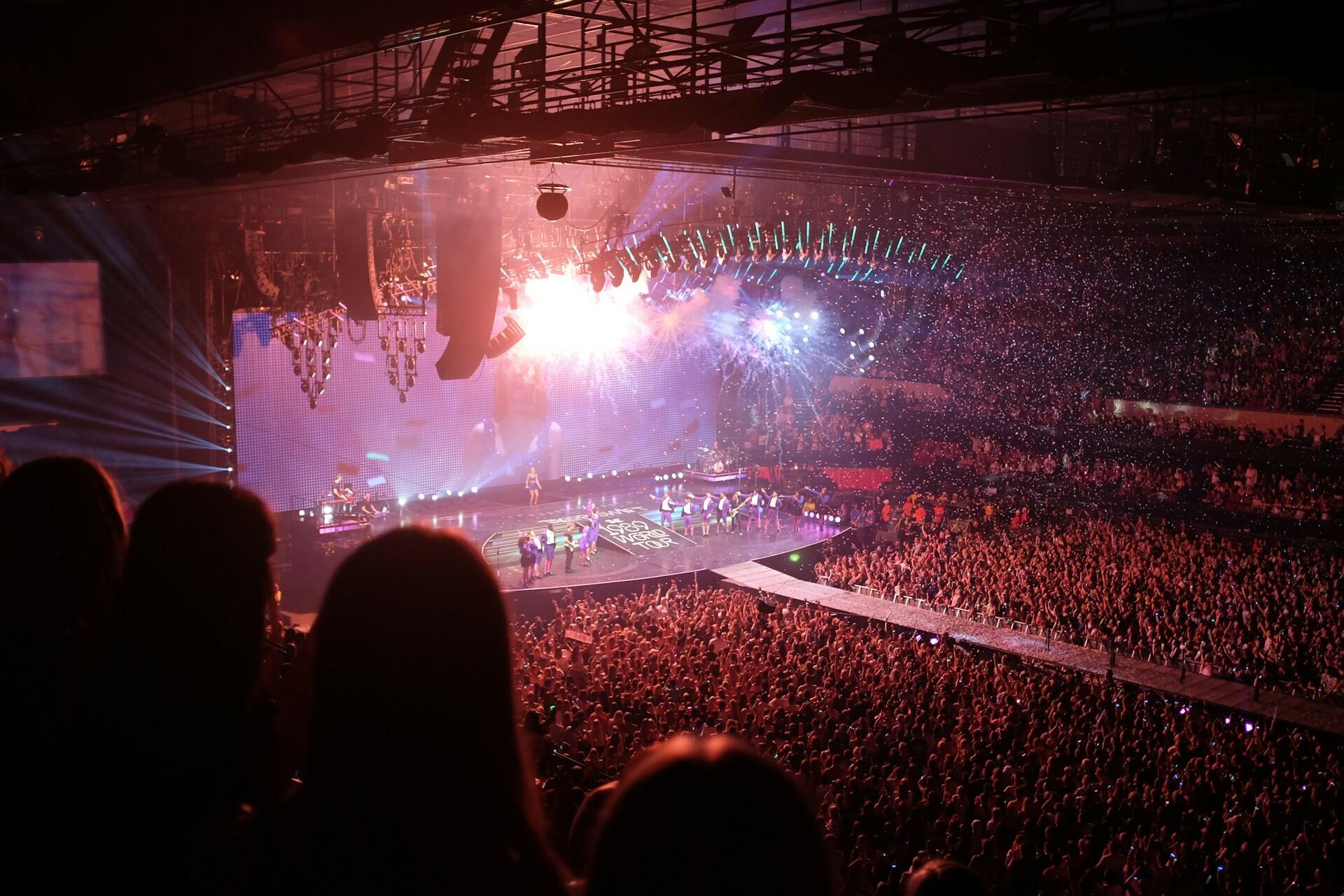
Country pop is a genre that has consistently demonstrated its capacity for innovation. With the advent of new music streaming platforms, playlist culture, and viral hits driven by social media, the genre has made it clear that it has a place in the global music industry, over half a century after its inception.
Country pop’s biggest artists have claimed multiple Grammy awards and other industry honors. From Shania Twain’s groundbreaking albums to Taylor Swift’s record-breaking Billboard Hot 100 runs, female and male stars alike have pushed the boundaries of what the genre can be. Notable release months like February, March, and August have brought some of the most celebrated songs to the chart.
Cultural Influence and Industry Impact
Country pop has an influence that reaches well beyond its roots in Nashville. The fusion of relatable storytelling and the mass appeal of pop music has found listeners who would have never otherwise given country a chance.
By crossing radio formats and appearing on both Billboard Hot Country Songs and Hot 100 charts, it can be heard in suburban malls, big-city coffee shops, and global streaming playlists, where listeners can explore the different types of country music more easily than ever, from traditional twang to slick pop crossovers.
Country pop songs are staples at weddings, movie soundtracks, and viral social media posts. The biggest hits, including some of Taylor's, have been covered in multiple languages, showcasing their international appeal. Country pop singers have shaped country music from a regional genre in the US to a global phenomenon.
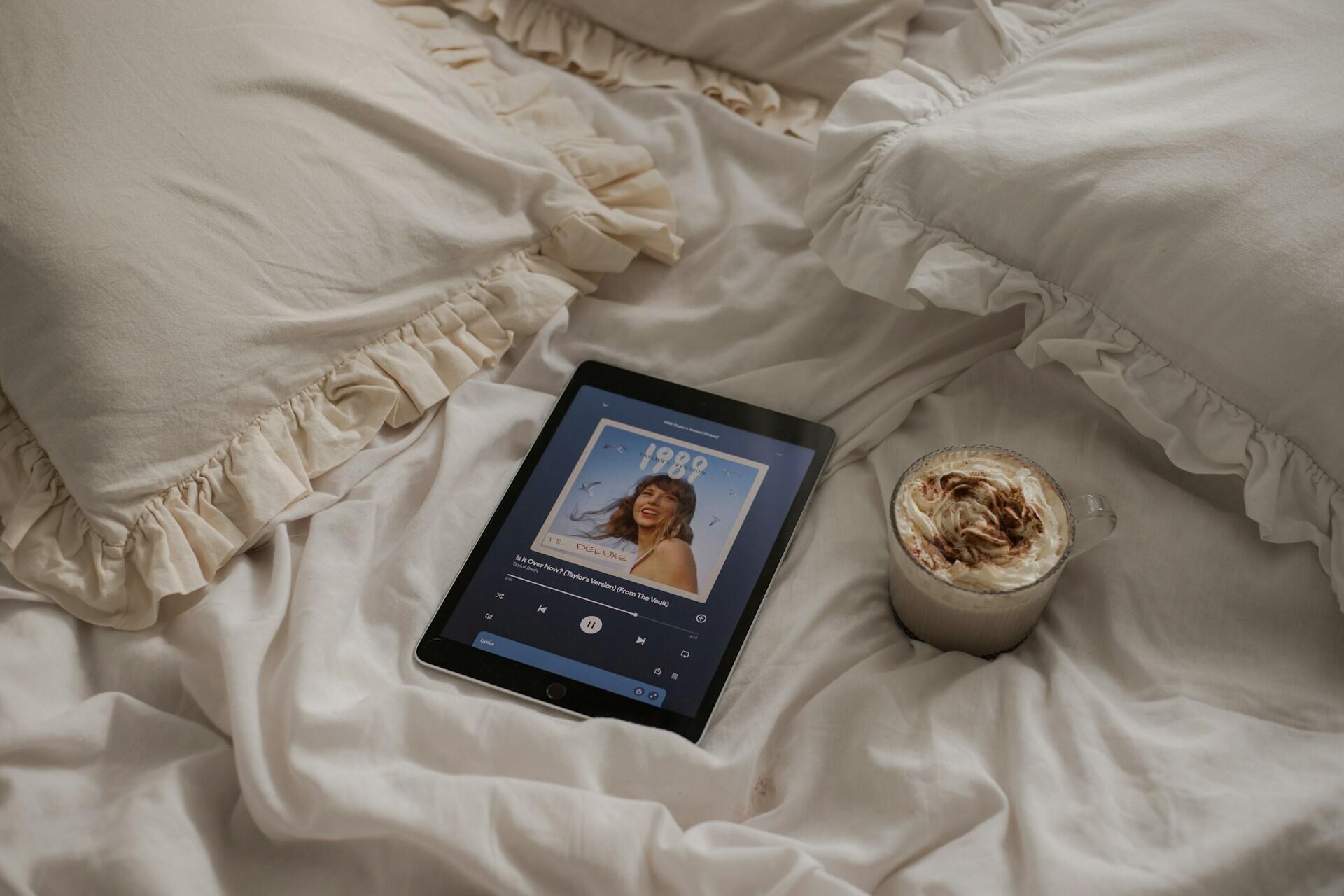
The Record labels in Nashville are now aiming for crossover potential, pairing country artists with pop producers and hip-hop collaborators to maximize a track or album's chart performance. Hybrid hits tend to do well at the Grammy Awards, and the lines between the genres are more blurred than ever.
Country pop artists have proven that combining genres isn't just a fad. After all, they've been doing it for decades and it's unlikely that it's going to stop anytime soon.










